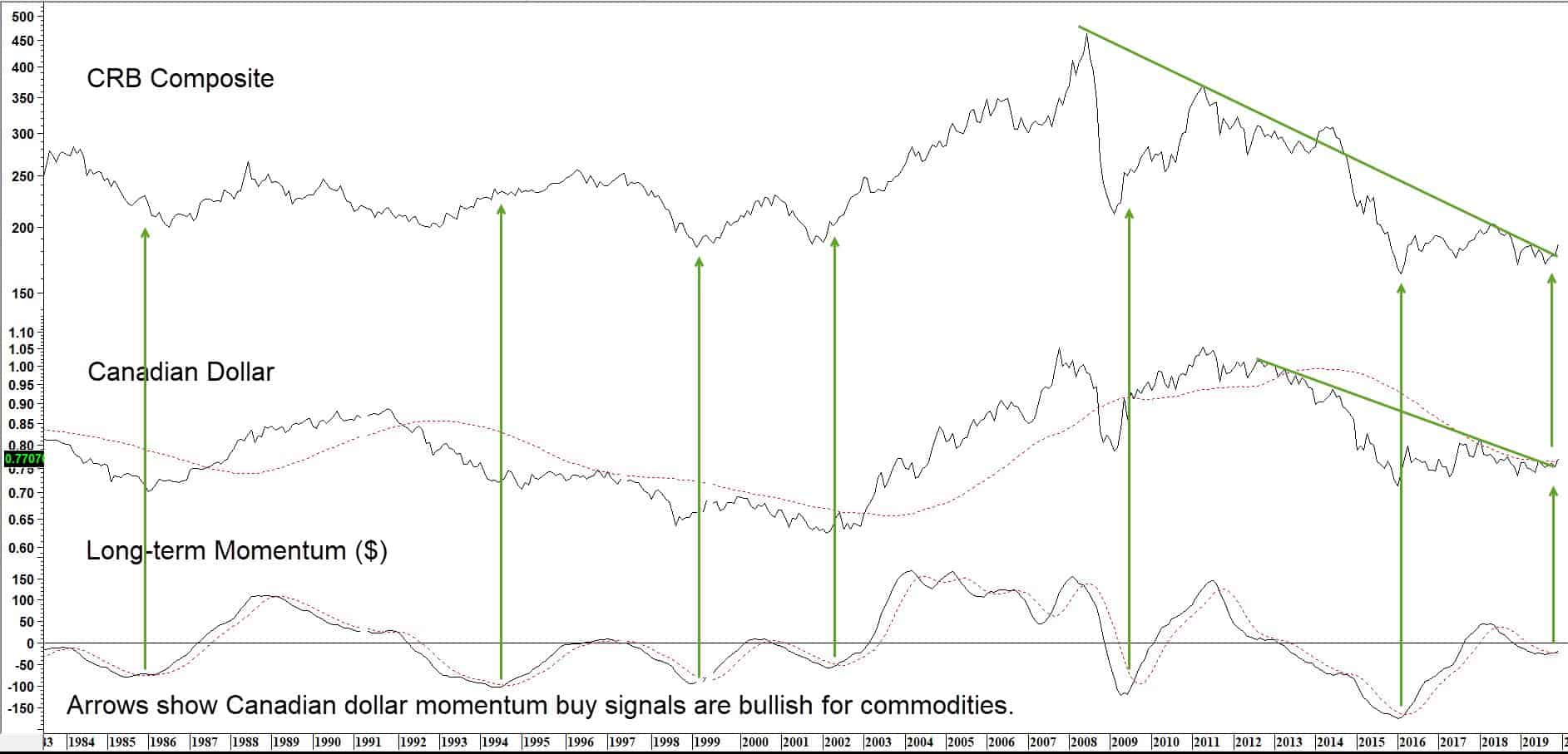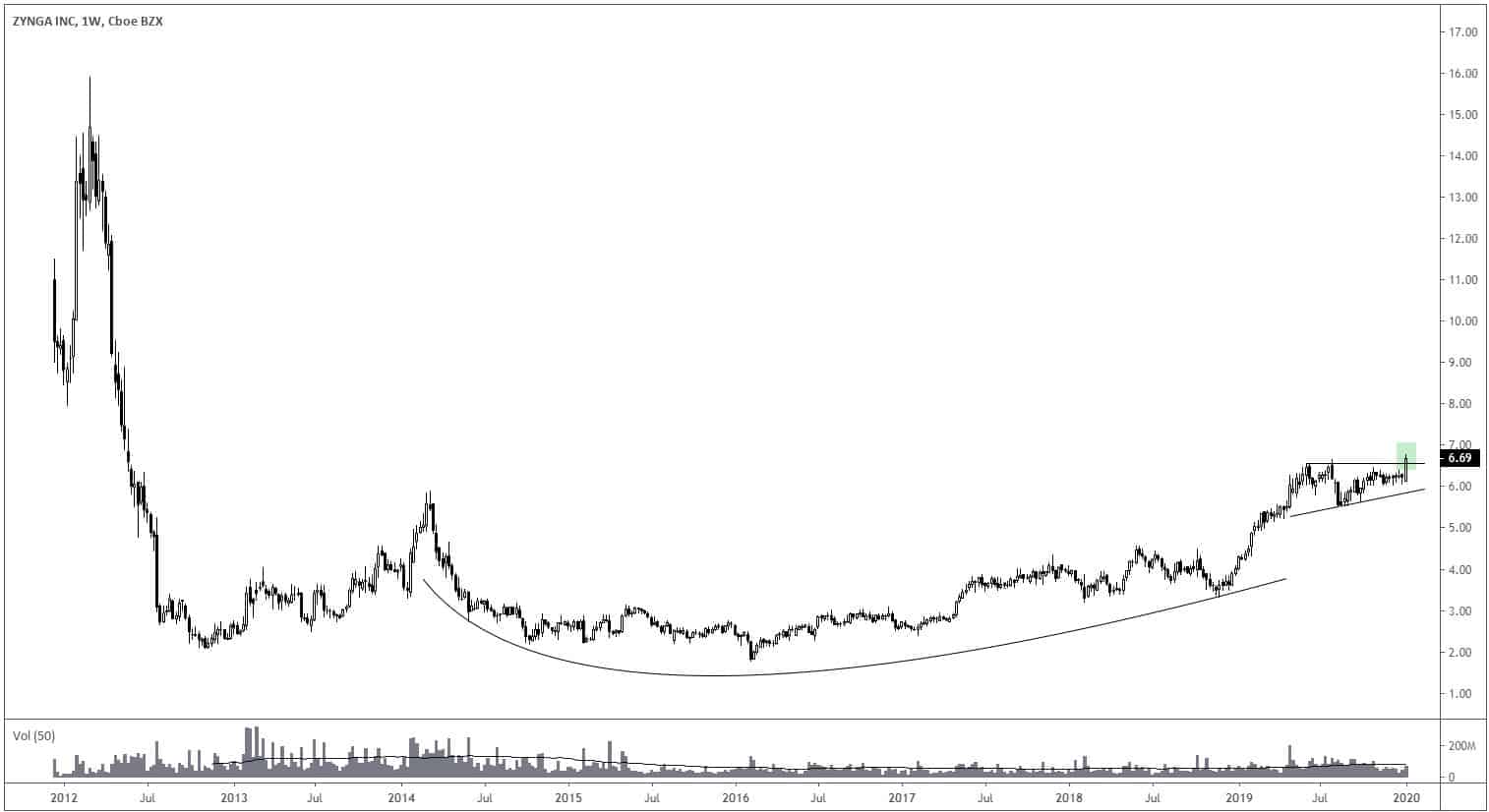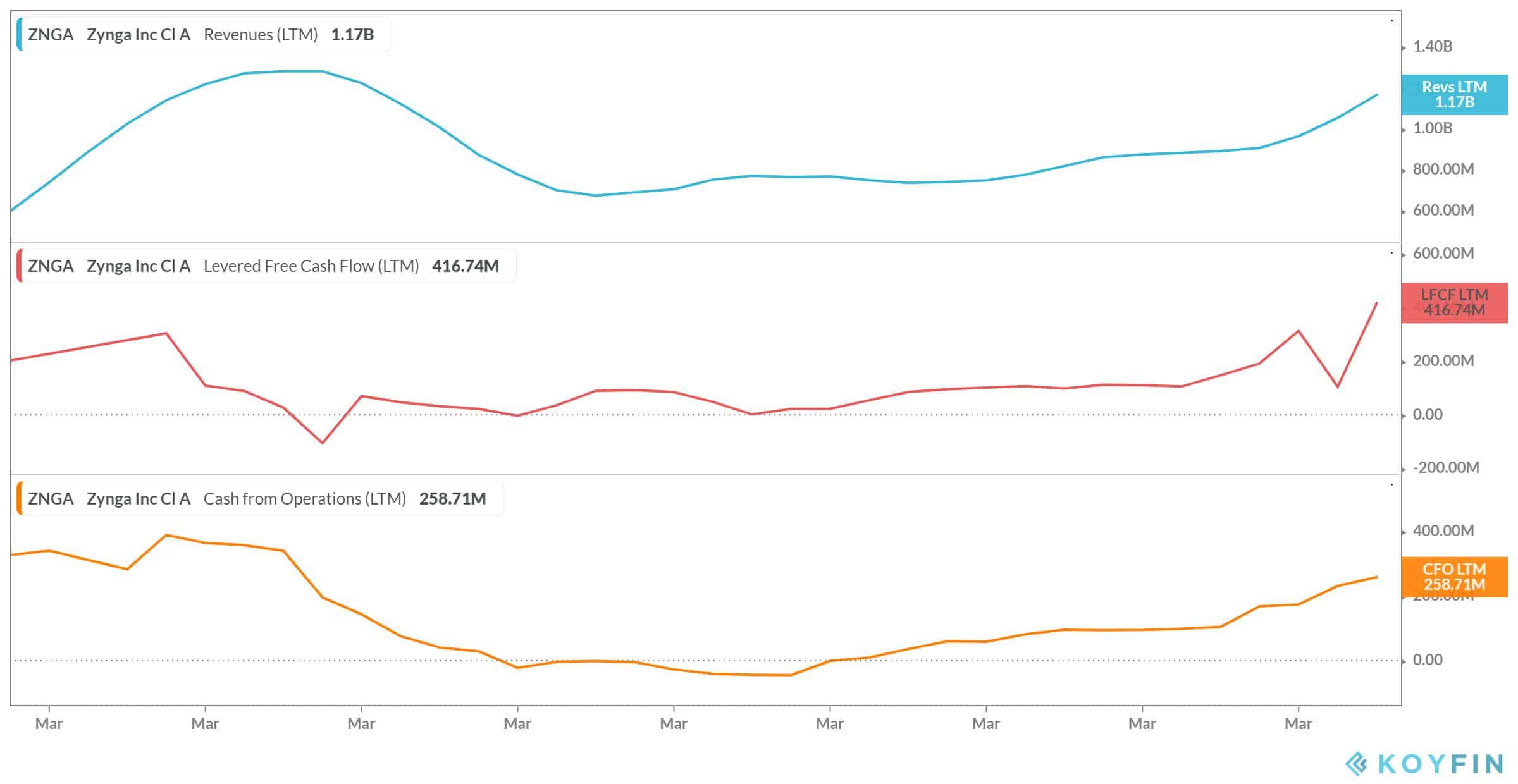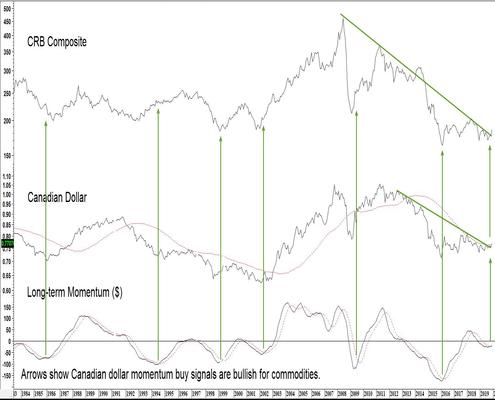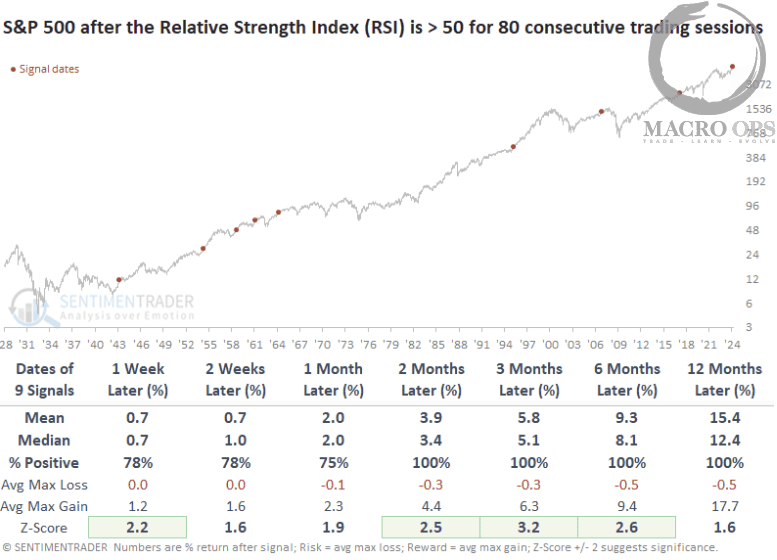Alex here with your latest Friday Macro Musings…
As always, if you come across something cool during the week, shoot an email to alex@macro-ops.com and we’ll share it with the group.Latest Articles/Podcasts/Videos —
Your Monday Dirty Dozen [CHART PACK] — I play devil’s advocate to my bearish bonds thesis is still valid and then discuss what falling yields would mean for other areas of the market, such as precious metals and EM.
My Three Stock Picks For The 2020 MO Stock Picking Competition — I sifted through hundreds of stocks to find the most hated, vile, left-for-dead trio of stocks imaginable… 1 or 2 of them could end up being huge winners (while one of them is almost certainly a fraud).
Articles I’m reading —
Veteran market technician Martin Pring published a post this week titled “Our Business Cycle Work is Close to signaling a Stage III. Guess Which Market That’s Bullish for?”.
The answer to the question posed in the title is: commodities.
Martin uses a number of long-term technical indicators along with inter-market analysis to argue — quite effectively, in my opinion — that it’s highly probable we’re starting a new bull market in commodities. Here’s a section from the post where Martin points to major trendline breaks in a number of his charts (emphasis by me).
“It’s a well-known fact that the dollar and commodities move inversely most of the time. December saw some tentative signs the currency may be peaking, but there is not yet sufficient evidence to be conclusive on this. What we can say though, is that there is an even stronger link between the performance of the Canadian dollar and commodity prices than the Dollar Index itself. Here, the evidence of a bottom is far more compelling. Chart 4, shows that broad swings in the CRB Composite are matched fairly closely with those for the Canadian buck. Moreover, the green arrows demonstrate that momentum buy signals for the currency have represented excellent opportunities for the acquisition of commodities. Since that currency momentum has started to reverse to the upside, we should expect to see recent breakouts by both the Index and the Canadian dollar become more decisive and with that a vote for higher prices.”
I’m sympathetic to this take. I believe it’s odds on we move into a mini-bull cycle in commodities this year — I’m also long CAD and love the long-term technicals and fundamentals of the trade. Here’s the link to the post.
And to further confirm my bias, here’s a piece from Orbis, an investment management firm, where they argue from a Capital Cycle perspective why they’ve turned bullish on commodities and commodity-linked assets. Here’s a section and a chart from the report.
“While we have no edge predicting energy prices, we know from history that commodity prices and capital expenditures (capex) in the sector follow a classic “boom-bust” pattern. Capital flows freely in the good times and dries up when the going gets tough. At both extremes, optimism and pessimism sow the seeds for the next turning point in the cycle. Commodity price recoveries tend to start after capex has been depressed for some time and production capacity becomes unsustainably tight. Similarly, price declines are often triggered by the abundance of supply that follows years of expansion. Investor psychology tends to work the same way. A sector tends to feel most risky when times are tough, but in reality the opposite is likely true. Periods in which everyone is focused on risk and downside are often the least risky times to invest, as you are typically well compensated for assuming said risks.”
Also, if you get a chance. I highly recommend giving Ben Thompson’s (of Stratechery) latest post a read. It’s titled “The End of the Beginning”. Using the evolution of the auto sector throughout the 20th century as a parallel, Ben writes that big tech is following a similar path as that of the big automakers and that “there may not be a significant paradigm shift on the horizon, nor the associated generational change that comes with it.” Instead, the “beginning era of technology, where new challengers were started every year, has come to an end.”
He asserts that today’s dominant tech behemoths are like the GM, Ford, and Chrysler of yesteryear… unlikely to be usurped and that the real high impact changes will occur in ancillary areas going forward. Just like the mass adoption of cars led to the development of the burbs and big-box retail stores so too will big tech change the way companies evolve and provide value in the future. Here’s the link.
Oh, and lastly, if you’re committed to the path of mastery — which as an MO reader I assume you are — then give this Time article a read. It’s a short and actionable lesson on how to effectively master new skills. Here’s the link and h/t to Chris D.
Charts I’m looking at—
Stock market returns following a 30%+ year via LPL Financial. Momentum begets momentum…
Video I’m watching —
If you like the report above from Martin Pring and want more, well you’re in luck cause he also put out an hour-long presentation in conjunction with StockCharts on the big trends he’s seeing going into 2020. I’ve only watched bits and pieces of it but it looks like there’s some good stuff in there (here’s the link).
And if videos are your thing then I can highly recommend giving Al Brook’s 2020 market analysis a watch. Brooks, who is one of the best tape readers out there, analyses the major trends he’s seeing in the most important markets. It’s 50 minutes long and you’re sure to get something out of it. Here’s the link.
Trade I’m looking at —
I tore through hundreds of charts this week when doing research for my MO 2020 Stock Picking Competition. I ended up with a long list of good looking charts filled with stocks that just didn’t quite make the cut. Mobile game maker Zynga Inc. (ZNGA) was one of these (chart below is a weekly).
The stock recently broke out of a 3-month bullish wedge after spending 5-years going mostly sideways in a rounding bottom.
I haven’t dug into this company but a quick look at some of the key metrics show the numbers are trending in the right direction. Revenue and free cash flow growth are accelerating (graph shows the last 10-years). The company also sports little debt. I need to do more digging into this one but may put on a starter position if this weekly breakout holds before I’m finished doing DD.
Quote I’m pondering —
STOCK MARKET AT ALL-TIME HIGH! HOW ARE YOUR 409K’S DOING? 70%, 80%, 90% up? Only 50% up! What are you doing? ~ Donald J. Trump, circa Jan 9th, 2020
Seriously, what the hell are you doing?
😉
That’s it for this week’s macro musings.
If you’re not already, be sure to follow me on Twitter: @MacroOps. I post my mindless drivel there daily.
Have a great weekend.

